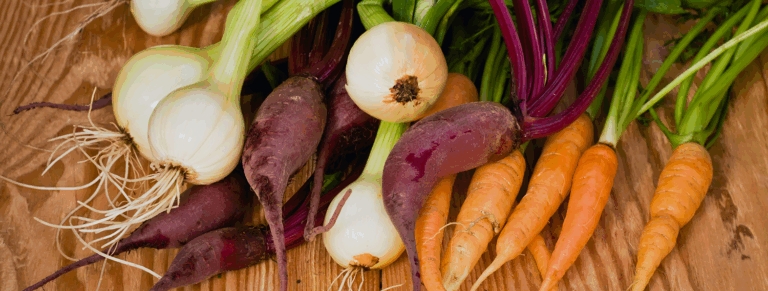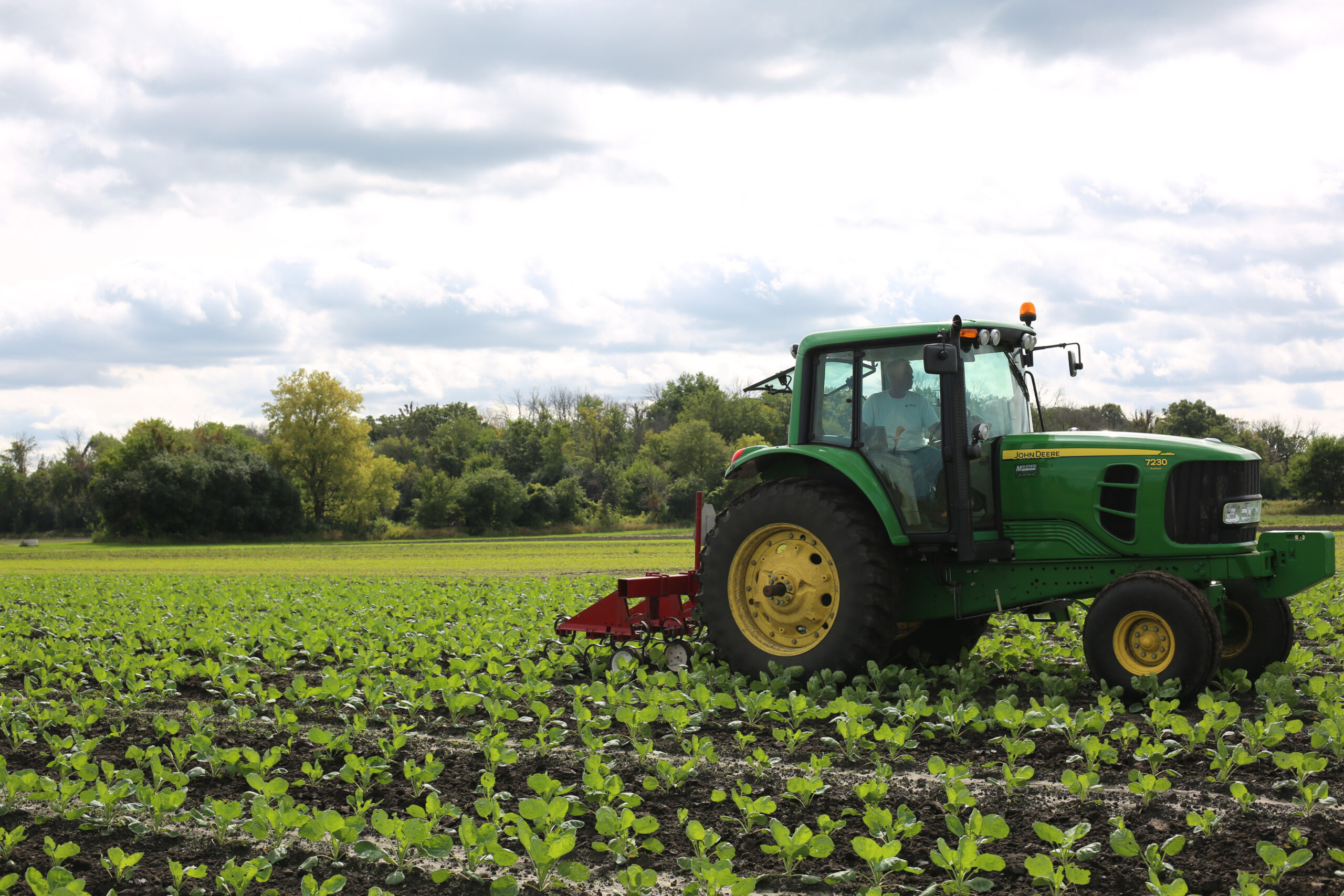Scientific name:Berberis aquifolium/vulgaris
Constituents:
- Isoquinoline alkaloids (berberine, berbamine, palmatine, and others)
- Flavonoids
- Tannins
- Phytosterols
- Resins & Lignan
- Volatile oil
Medicinal actions:
- Alterative
- Anti-inflammatory
- Antimicrobial
- Anti-neoplastic
- Astringent
- Bitter
- Hepatic stimulant (cholagogue & choleretic) & Hepatoprotective
- Laxative (mild)
Mechanism of Action & Pharmacology:
- Alkaloids are regarded as the major constituents and perhaps responsible for most of the properties, with berberine being the most widely distributed.
- Isoquinoline alkaloids (berberine & berbamine) are antimicrobial, inhibit platelet aggregation and adhesion, stimulate intestinal contraction, cholagogue, hepatoprotective, immuno-stimulant and cytotoxic.
- Berberine displaces albumin from bilirubin, thus this herb may be harmful during later stages of pregnancy.
Pharmacy:
- Decoction
- Tincture
- Dried bark
- Topical as cream, lotion or compress
Safety & Toxicity Concerns:
- Theoretically could cause intestinal or vaginal dysbiosis by using extreme doses of standardized extracts.
- Avoid during pregnancy and lactation.
- Limit long-term use (absolute max. 2 months consecutive).
Interactions:
- Increases gut motility, thus may decrease absorption of many drugs if taken simultaneously (theoretical).
- May potentiate effect of drugs on displacing bilirubin (theoretical)







